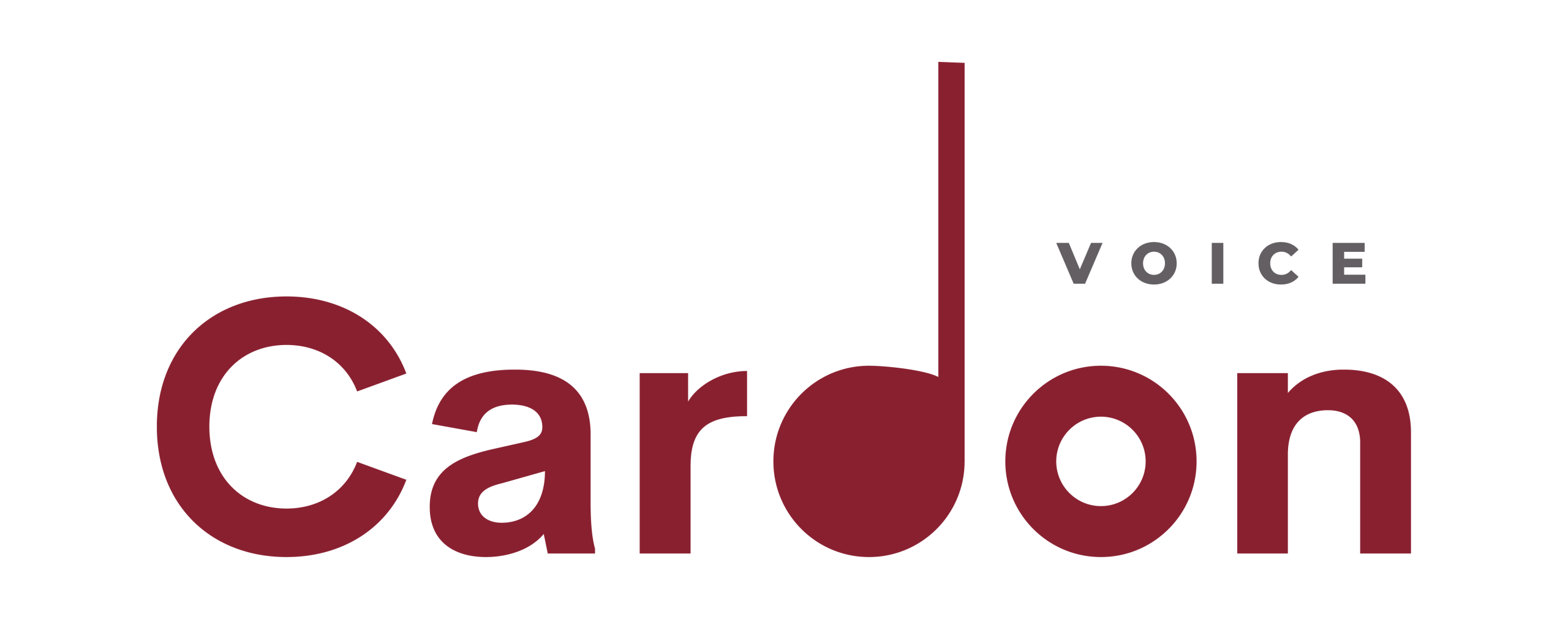If you’re struggling with the difficulty of singing something you’ve always wanted to master, we’ve got good news! Singing well is not about trying harder. Instead, singing well is 100% about working smarter and finding ease and freedom. After seeing high level performers give it their emotional all on stage, amateur singers often misjudge the emotional expression as physical effort. The truth of the matter is that singing well feels EFFORTLESS. Finding an ease, open sound should FEEL easy and open– never forceful or strained (unless applying a special vocal effect, used sparingly and with control). The key to success starts with relaxed, natural body alignment.
Take your facial muscles for example, as you can see in the following illustration, your muscles are intertwined– no muscle stands alone. So, the effects of tension in one area, can easily trickle down into related areas. Commonly, singers talk about jaw release, and it’s no wonder– look at the muscles of the jaw and throat and their proximity to your voice box!
The good news is that easy relaxation can start with your spine. Standing straight and tall, but with release and openness. This isn’t your dad’s military posture. Focus on staying relaxed, but stacking your ears over your shoulders over your hips. Find an open lifted sternum— raise your arms straight up over your head, next to your ears, and slowly bring them back down to your sides. Memorize the height of your chest in this moment and aim to keep your ribs this lifted and free while singing. Notice how deeply you can breathe, utilizing open space through your entire rib cage– into your back and sides, too! From this open alignment, you are far more likely to access a relaxed, easy vocal production. Take stock of how loose your jaw and neck feel at rest and begin to build your awareness of the moment that changes– is it during your inhale? At the onset of sound? This type of self awareness can be a wonderful tool to making helpful adjustments.
As you begin singing, continue to check in with your alignment: is your jaw beginning to jut forward? Have you arched your neck out so that the ears are no longer over your shoulders? What about your hips? Have you locked out your knees? Is your lower body staying loose but energized, aiding your upper body in supporting your efforts? Remember, singing well is a full-body experience!
Next time you reach a “problem” area in a song, clue back in to this open, flexible alignment. Notice if you’ve locked up somewhere and see what you can do to let that area melt back into an easy release. Picture your voice as being made up of vibration and air- which it is!- and imagine your breath and sound waves flowing along. A tendency to lock the body up effectively stops this flow (or at least makes it less efficient and more tiring… something no performer wants to fight during a show, or worse, during recurring nights of shows!)
In closing, we encourage you to keep open lines of communication with your body– your instrument. Your body communicates problems with pain or discomfort; if things aren’t feeling right, don’t fight to push through. Instead, settle into yourself and see what you can observe. The answers are there if you invest in your relationship with yourself and your voice. An experienced voice teacher can help you translate what you’re experiencing (and what their trained ears are hearing!). We at Cardon Voice would love to be in your corner; reach out to schedule a Free Consultation and learn more about how we can help!

